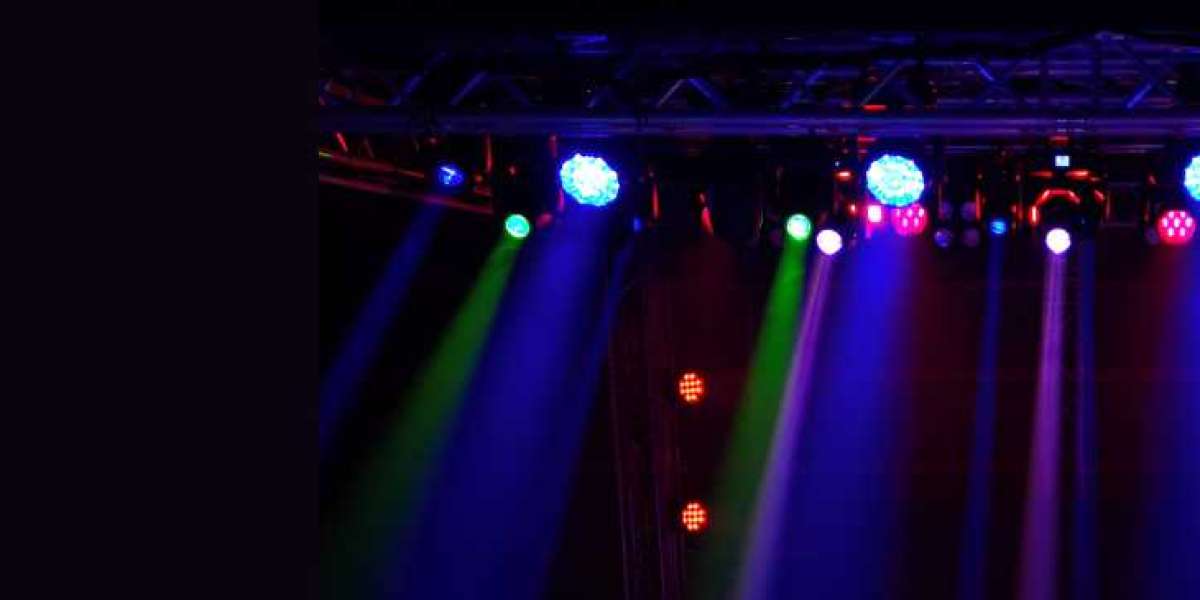When audiences see a dazzling beam sweep across the stage, they rarely think about what’s behind it. But the lens system is the unsung hero of moving head fixtures. Lenses control sharpness, beam width, focus, and projection quality—defining how light behaves in space.
The Anatomy of a Moving Head Lens System
Most moving heads contain:
Primary lenses: Shape and direct the beam.
Secondary or zoom lenses: Adjust focus and beam angle.
Prism lenses: Multiply beams into patterns.
Frost filters: Soften light for wash effects.
Each plays a crucial role in how the fixture renders light.
Why Lenses Matter
| Lens Function | Impact |
|---|---|
| Zoom | Alters beam width and intensity |
| Focus | Controls clarity of gobos and sharpness |
| Color accuracy | Influences how well color filters blend |
| Distance control | Maintains output across long throws |
| Consistency | Ensures uniform output across fixtures |
Lens Types in Moving Heads
1. Fixed Focus
Simpler systems with one lens—cheap and reliable, but not versatile.
2. Motorized Zoom
Allows beam to transition from narrow (spot) to wide (wash) mid-show.
3. Multi-Element Glass Systems
High-end optics provide sharp edges and better gobo projection.
4. Liquid Lens Technology
Adaptive focus without mechanical movement, often used in compact fixtures.
Application Examples
Concerts: Use zoomed-in beams for punchy aerial effects.
Theatre: Adjust focus to highlight actors with gobo textures.
Corporate Events: Use wide, soft washes to create a consistent ambiance.
Gobo Projection and Lens Clarity
Gobos rely heavily on lens sharpness. Poor lenses result in:
Fuzzy patterns
Misalignment
Distorted or ghosted images
Clear optics and proper focus calibration ensure gobos appear crisp and professional.
Maintaining Lenses
Clean regularly: Dust or haze residue affects clarity.
Check alignment: Lenses can slip or warp during transport.
Avoid heat damage: Keep cooling fans clean to prevent overheating.
Innovations in Lens Design
Zoom ranges of 5°–60° in compact form factors
Dual-layer lens stacks for beam/wash hybrids
Hybrid optics combining parabolic reflectors with lenses
Conclusion
Lenses are the “eyes” of the fixture—everything the audience sees passes through them. Investing in high-quality optics and understanding how to use them elevates lighting from functional to phenomenal.
Read More Here:- https://owntweet.com/go_65dc40ec074cf


